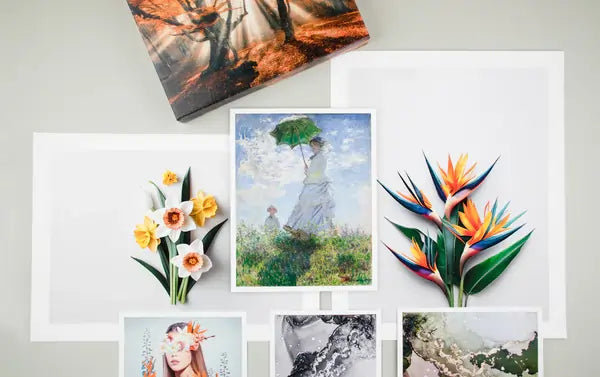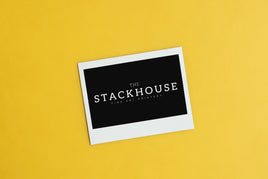TL;DR: Canvas printing enhances photos with rich texture and depth, but choosing the right image is key. High-resolution files, proper lighting, and balanced compositions ensure professional, sharp, and vibrant results on canvas.
Why Image Selection Matters for Canvas Printing
Canvas printing transforms digital photos into gallery-quality artwork with painterly texture and vivid color. However, not every photo translates well onto canvas. Image clarity, size, and aspect ratio all affect the final outcome. Understanding how these factors work together ensures your prints look as stunning on canvas as they do on your screen.
1. Prioritize High-Quality, High-Resolution Images
A great canvas print starts with a crisp, high-quality image. Low-resolution photos can appear pixelated or blurry when enlarged, while sharp images maintain detail and contrast. For professional results, select files between 150 and 360 PPI (pixels per inch). The higher the resolution, the cleaner your final print will appear — even at large sizes.
When composing your shot, use strong lighting and ensure your main subject fills most of the frame. This helps maintain focus and eliminates unnecessary background clutter. For more technical insight on file quality, check out our guide on mastering image resolution for prints.
2. Choose the Right Canvas Shape and Size
Canvas dimensions play a major role in how your image feels. The subject and orientation of your photo should match the canvas shape:
- Vertical (portrait) canvas: Ideal for individual subjects or portraits.
- Horizontal (landscape) canvas: Perfect for nature scenes, architecture, or wide compositions.
- Square canvas: Excellent for close-up shots or modern framing aesthetics.
Matching your image’s aspect ratio to the canvas ensures balanced composition and prevents unwanted cropping. Learn more about sizing and proportion in our article on print size and file requirements.
3. Consider Borders and Wrapping Style
When printing on canvas, you’ll also need to decide how the image extends around the edges. Gallery-wrapped canvases stretch the image over the sides of a wooden frame, creating a sleek, frameless display. For this style, make sure to leave enough extra image area for the wrap. If your photo contains key details near the edges, choose a mirrored or solid-color border instead.
Unsure which edge style works best? Explore our guide on canvas wrap options to compare different approaches.
4. Match Photo Style to Canvas Texture
Canvas has a natural weave that adds warmth and dimension to printed photos. This texture enhances artistic shots with soft tones, natural lighting, or painterly effects. High-contrast or extremely detailed images can also work beautifully, but avoid heavily edited filters or sharp grain that might exaggerate texture on the fabric surface.
5. Work With a Professional Printer
The best prints depend on the right equipment, materials, and expertise. At The Stackhouse Printery, we use Epson SureColor printers and museum-grade canvas for accurate color reproduction and archival durability. Our gallery-wrapped canvas prints and loose canvas options allow full flexibility depending on your project needs.
Ready to transform your photos into art? Upload your images through our Order Page to get professional-quality canvas prints that bring every detail to life.









